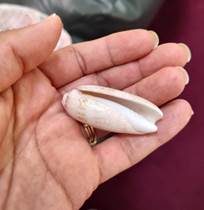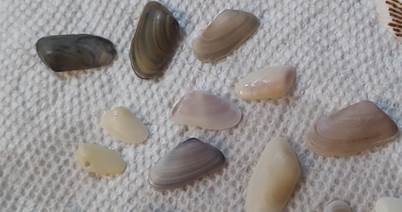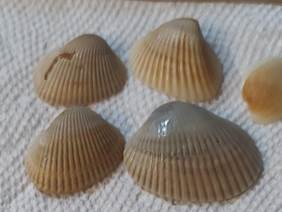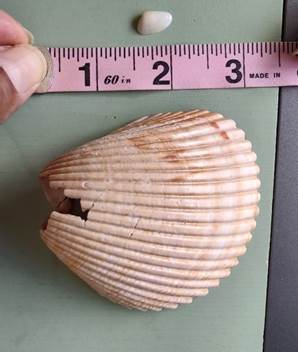Activities for Teens: Week 1

Artcycling: Art, Not Trash!
Become an “artivist” and stop sending trash into Great Pacific Garbage Patch!
The Great Pacific Garbage Patch is a collection of marine debris in the North Pacific Ocean. Also known as the Pacific trash vortex, the garbage patch is two distinct collections of debris bounded by the massive North Pacific Subtropical Gyre.
Use trash that might end up in the ocean to create art instead.
Supplies
- Trash items: toilet paper rolls, milk cartons, soda cans, bottles, cardboard, aluminum foil, newspaper, magazines, old birthday cards, old music CDs, DVDs, stray buttons and beads, anything plastic and clean, etc.
- Glue
- Twine or string
- Scissors
- Card stock
Instructions
Use the collected items to create your own art project. You can create a collage, sculpture, jewelry, or whatever else you think would be a fun piece of art.
National Geographic Source : Great Pacific Garbage Patch.
Shell Identification
Materials: Shells, Antibacterial soap, hydrogen peroxide, old toothbrush, shell identification books, Google Lens.
Instructions: Go to the beach or trail and pick up a variety of shells.
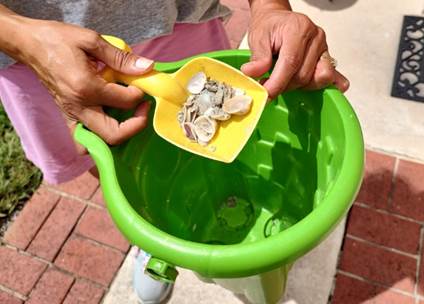
Or: Purchase shells from the store, this bag was bought at Michael’s Arts and Craft store. Similar can be found at many gift shops.
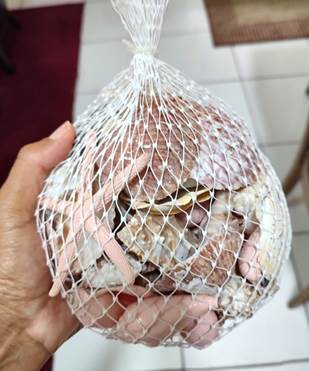
Examine seashells and try to identify them.
Clean shells with antibacterial soap and an old toothbrush. Let them soak for a short time in hydrogen peroxide (an hour or two until bubbles form on top). Rinse and let dry. Take pictures, identify, and email to reading@dbs.fldoe.org!
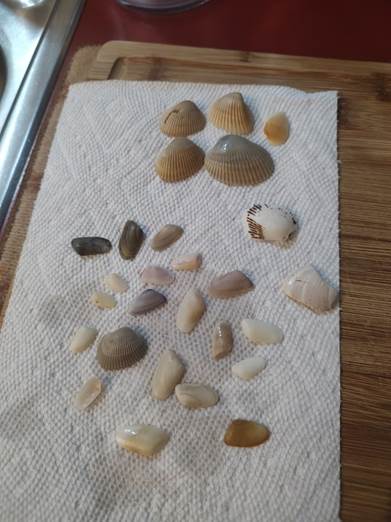
Some shells collected at New Smyrna Beach, FL:
